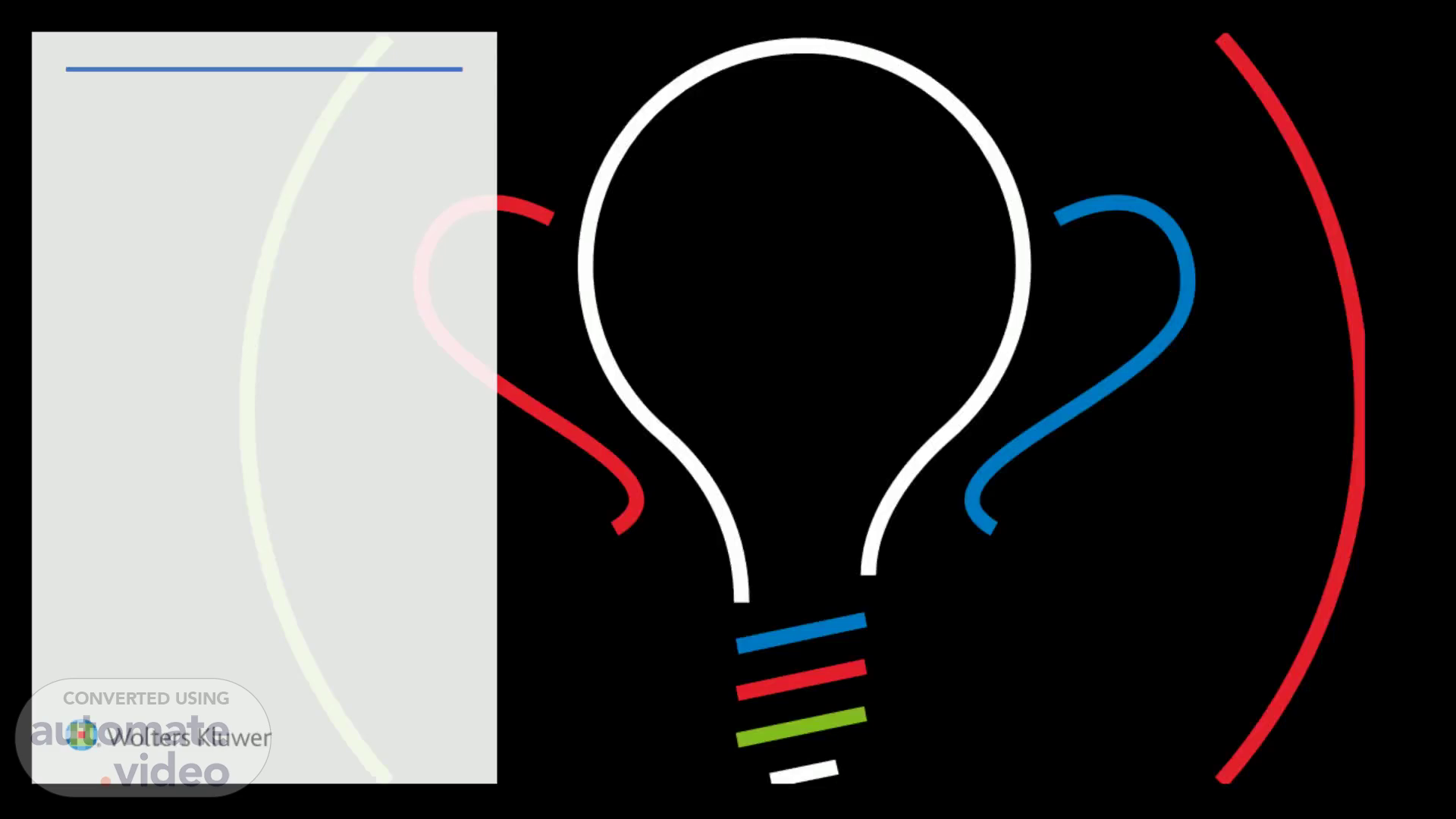
Page 1 (0s)
[Audio] This is a demo of Legal Case Insight, an idea for the Global Innovation Awards 2022 of Wolters Kluwer. Legal professionals build their own line of argumentation based on research of similar cases. Legal Case Insight changes the game by directly delivering promising arguments instead of providing large amounts of read-it-yourself documents..
Page 2 (24s)
[Audio] Today we show here how Legal Case Insight works for employment law. Suppose our lawyer has to deal with the shown case of a termination where the employer invokes insolvency. To build a resolution strategy for her case, she looks for arguments that have been made in similar cases. Instead of digging through the entire judgment database, she uses Wolters Kluwer's Legal Case Insights product..
Page 3 (52s)
[Audio] Knowing that each user has different preferences in their search, depending on prior knowledge or case, we respect the personal search habits and the respective accustomed workflow of the user by providing a multi modal access. Therefore, the user can choose between a dialog wizard, a structured step-by-step input or a free text input combined with filter boxes. Today, we will focus on the latter. Our lawyer enters her case description in complete sentences and our AI extracts key features relevant to the search in the background..
Page 4 (1m 28s)
[Audio] After submitting the case description, criteria of the case constellation are determined and extracted automatically. What has already been extracted is displayed at the top in the center of the screen in the form of filter pills. The user can narrow down the case by means of filters and checkboxes on the left side of the screen. The result list does not consist of documents, but of arguments whose argumentation patterns have been aggregated. Several individual judgments are then assigned to an argument. Based on the result of the aggregated court decisions, a forecast is calculated and displayed in the form of a graphic. At any time during the structuring of his case, the user can switch the input mode, either to step-by-step containment or to dialog with the chatbot..
Page 5 (3m 28s)
[Audio] Here we see the step-by-step input mode. Wolters Kluwer Online LEGAL CASE INSIGHT Labour Law - Dismissal Protection Type of termination: Regular X Filter Type of employment: FTE X Clear all Stepper CASE DESCRIPTION Since 2005, the plaintiff A. had been working full- time in the fashion store of G., a branch company of the clothing retail trade with a total of about 2,000 employees. The store had about 135 employees. The bankruptcy trustee terminated the employment of all employees of the bankrupt in a letter dated October 10, 2010. 538 Arguments found Plaintiff: Employee X Reason for termination: Closure of business X show less Decision argument Edit PLAINTIFF 1 TYPE OF TERMINATION TYPE OF EMPLOYMENT 1 1 REASON FOR TERMINATION TYPE OF CLAIM Continuation D Severancy pay [0 Compensation Termination 1 Lorem ipsum dolor sit amet, consectetur adipiscing elit, sed do eiusmod tempor incididunt ut labore et dolore magna aliqua. Ut enim ad minim veniam, quis nostrud exercitation ullamco laboris nisi ut aliquip ex ea commodo consequat. Duis aute irure dolor in reprehenderit in voluptate velit esse cillum dolore eu fugiat nulla pariatur... 10 Entscheidungen mit diesem Argument anzeigen "No definitive closure of the business" It is necessary that at the time of the notice of termination the employer has made the serious and final decision to close down the business permanently and not only temporarily. Show 10 decisions with this argument „Ungenügende Sozialauswahl" Lorem ipsum dolor sit amet, consectetur adipiscing elit, sed do eiusmod tempor incididunt ut labore et dolore magna aliqua. Ut enim ad minim veniam, quis nostrud exercitation ullamco laboris nisi ut aliquip ex ea commodo consequat. Duis aute irure dolor in reprehenderit in voluptate velit esse cillum dolore eu fugiat nulla pariatur... 5 Entscheidungen mit diesem Argument anzeigen Assistant 7 EMPLOYEE 7 EMPLOYEE EMPLOYEE.
Page 6 (3m 35s)
[Audio] And since decision trees structure the filters for the results in the background of our application, we can also offer an input mode in the form of a dialog with a chatbot..
Page 7 (4m 55s)
[Audio] But in this demo, we will limit ourselves to narrowing down the case through filtering by checkboxes. We show how the user experiences the drilldown of his case. Our client wants to sue his employer for continuation or compensation. This information is not in the case description, so the lawyer filters for these types of claims. Adding a new filter reduces the number of arguments available in the decision tree. Starting with the information extracted from the case description, we have 538 arguments. By adding the type of claim, we stratify the number down to only 32. After only so few relevant arguments remain in question, our lawyer decides to take a closer look at the most promising argument..
Page 8 (7m 27s)
[Audio] In this deepdive of the selected argument, the context of the argument is touched upon in its main message. All related decisions can be called up sorted. On the right side of the screen, a summary of the case constellation and the prognosis of success is presented. Our lawyer has now mastered a guided and structured search with just a few clicks. She was able to find a court-proof argumentation with which she can be successful with her action for protection against dismissal..